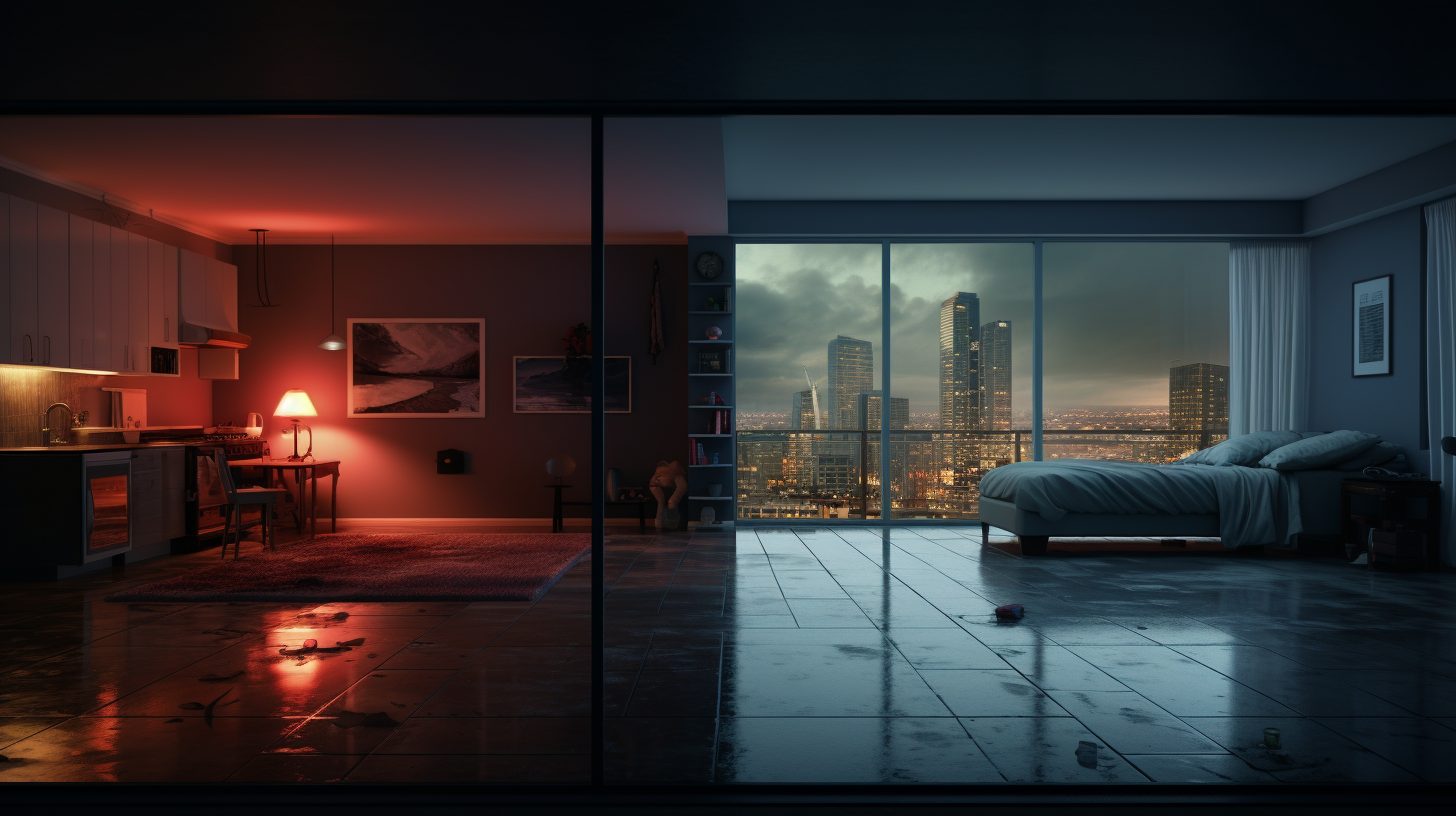Whether you’re a renter seeking your next apartment or a property owner aiming to provide the best for your tenants, understanding landlord liabilities is essential. An apartment is more than just a dwelling – it’s a haven, and ensuring its safety is paramount. Let’s delve into what every renter and property owner in South Florida should know.
1. Landlord’s Duty of Care
Every landlord has a duty of care towards their tenants. This means ensuring the property is free from hazards and is a safe place to live. From functional smoke alarms to secure entryways, a landlord’s responsibilities are varied but vital.
2. Common Apartment Hazards
Checklist for Renters:
- Smoke and Carbon Monoxide Detectors: Are they functional and tested regularly?
- Locks and Security: Are all windows and doors secure?
- Electrical and Wiring: Are there any exposed wires or malfunctioning outlets?
- Plumbing: Any signs of leaks or water damage?
- General Maintenance: Check for mold, pests, or structural damages.
3. South Florida Specifics
Given our unique climate and challenges, South Florida renters and property owners should be especially aware of:
- Hurricane and Storm Preparedness: Are windows and structures fortified against storms?
- Flooding: Is the property prone to flooding, and are there adequate preventative measures?
- Pest Control: With our humid climate, regular pest control is a must.
4. Engaging with Local Property Management
A chat with a representative from a local Property Management Firm highlighted the importance of regular property checks and maintenance. “In South Florida, given our specific challenges, property management firms often run bi-annual checks to preempt potential issues,” she notes.
5. What to Do if You Spot a Hazard
For Renters:
- Document Everything: Take pictures and note the date and specifics.
- Notify Your Landlord: Always in writing, detailing the hazard and requesting prompt action.
- Know Your Rights: You might have legal recourse if the landlord fails to act.
For Property Owners:
- Act Promptly: Address the reported hazard immediately.
- Engage Professionals: For significant issues, always hire professionals to ensure repairs are up to standard.
- Communicate: Keep your tenant informed about repair timelines and any necessary precautions.
6. Liability Claims: What Happens Next?
If a tenant suffers harm due to a hazard in the apartment, they might file a liability claim. This process can involve:
- Documenting the Injury: Medical reports, photographs, and testimonies.
- Proving Negligence: Demonstrating that the landlord was aware (or should have been aware) of the hazard and failed to act.
- Seeking Compensation: This can cover medical bills, lost wages, and even emotional distress.
7. Protecting Yourself as a Property Owner
Checklist for Landlords:
- Insurance: Ensure you have comprehensive landlord insurance that covers potential claims.
- Regular Inspections: Proactively identify and rectify hazards.
- Open Communication: Foster open communication lines with your tenants to address concerns promptly.
A safe apartment is the cornerstone of a happy living experience. For renters, it’s peace of mind. For landlords, providing a secure home and mitigating potential legal challenges is satisfying. By staying informed, proactive, and collaborative, both renters and property owners can ensure safety and harmony. If you have concerns about your living situation in South Florida, contact Pomeroy and Associates, P.A. for expert advice and support.

